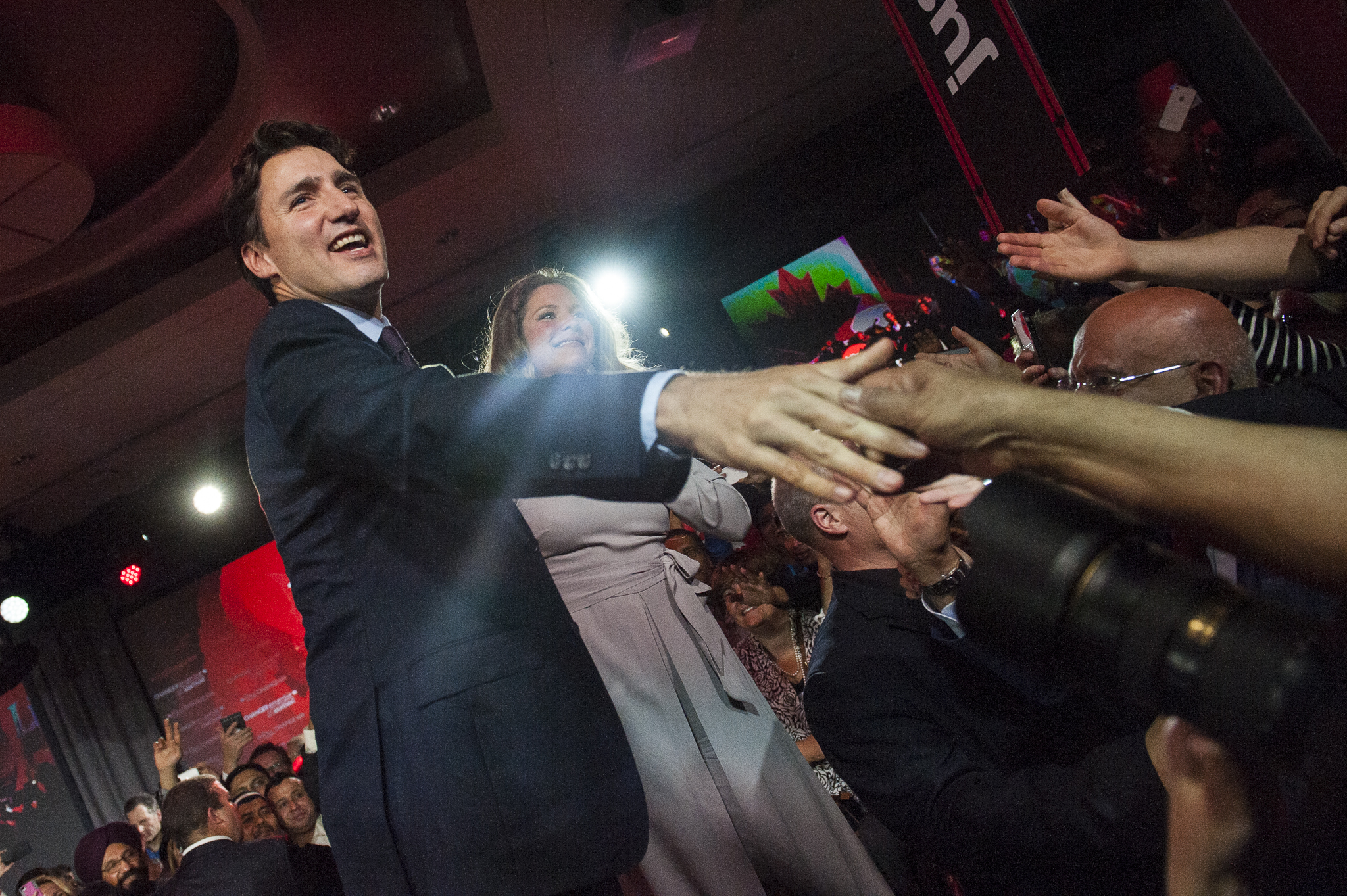Same Parties, New Results: A Recap of the Federal Election.
The results are in for the 2019 federal election, signaling a second term for the Liberal Party under Justin Trudeau. However, the Prime Minister cannot celebrate just yet, as the Liberals no longer have majority status due to the loss of 20 seats.
At 157 seats, Trudeau will have to form a coalition or loose agreements with one or more of the other parties in order to maintain the ruling majority. This is due to the legislative condition that bills require more than 170 votes in order to pass as law.
The New Democratic Party under Jagmeet Singh, with its 24 seats, is sizeable enough to form such deals with the leading Liberals. Should this happen, the NDP would be able to push for compromises on new legislation, placing its platforms on government agenda. A welcomed development for the New Democrats, given that the NDP has lost 15 seats from its previous 39.
The Green Party under Elizabeth May has in fact reached a new milestone by gaining three seats in parliament, up from two. Nevertheless, any Green contribution to a Liberal-NDP coalition would be limited due to low seat numbers and overlapping platforms.
On the other side of the political spectrum, the Conservative Party under Andrew Scheer has increased its seats by 26, up to 121. The Blues have collected most votes in both Alberta and Saskatchewan, with strong showings in Manitoba and Ontario as well. They also lack any realistic chance at forming a coalition government, given that Singh himself has denied any possible collaboration with Scheer, as reported in an article in the Globe and Mail.
Another party unlikely to ally with the Conservatives would be the Bloc Québécois under Yves-François Blanchet. Now larger at 32 seats, having gained 22, the party can further its claim of representing much of the Quebec population. Furthermore, with increased influence in parliament, the BQ is poised to bring separatist sentiments out of the sidelines.
Interesting to note, former Liberal candidate Jody Wilson-Raybould is the only independent victory of this election, keeping her seat in Vancouver-Granville.
Finally, the People’s Party of Canada under Maxime Bernier did not win any seats, as none of its candidates have been elected. Additionally, Bernier lost his own riding, Beauce, to a Conservative candidate.
Photo by Andrej Ivanov
